many people are saying
I really want to go to Tibet
In this life, I must go to Tibet once
…
However, there are many scenic spots in Tibet
our time is limited
How can we enjoy Tibet as much as possible?
Natural scenery, cultural landscape, characteristic scenic spots…
how do we arrange
Can we say that we have really been to Tibet?
15 representative scenic spots in Tibet recommended by senior travel friends
only been to these places
Only when you have truly entered Tibet
NO.1 Potala Palace

The Potala Palace is located on the Maburi Mountain in the northwest of Lhasa, the capital of the Tibet Autonomous Region of China. After being rebuilt in the 17th century, it became the residence of the winter palace of the Dalai Lamas and the center of theocratic rule in Tibet. It is listed as the world cultural heritage now.


NO.2 Gang Rinpoche

Mount Kailash is located in the Ngari area of Tibet. Gang Rinpoche means “mountain of gods” in Tibetan. It is the highest Buddhist holy place in Tibet and a sacred mountain recognized by the world. Mount Kailash is a world-recognized sacred mountain, and is also recognized as the center of the world by Hinduism, Tibetan Buddhism, ancient Zhang Zhung Buddhism “Yong Zhongben religion” and ancient Jainism. Among the undulating mountains, the majestic and majestic Mount Kailash soars straight into the sky. The peak is covered by snow and ice all the year round, just like wearing a magnificent silver crown. The white clouds are integrated into one body, and when you look up from a distance, you really feel like “the sky is full of spirits”.
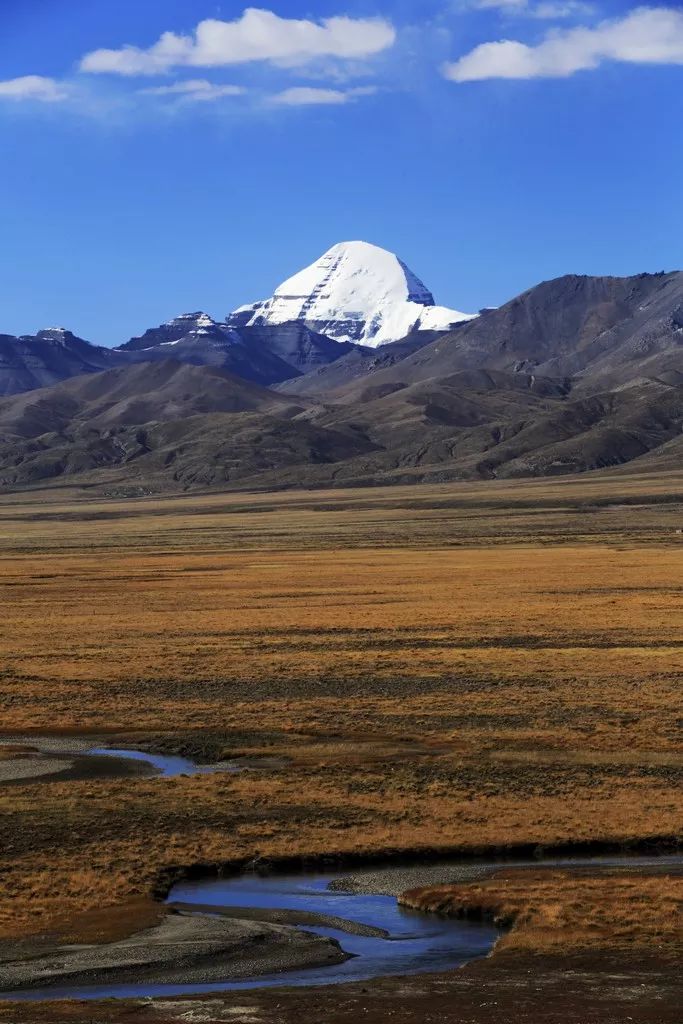
NO.3 Guge Kingdom Ruins

The Guge Kingdom site is located on the banks of the Xiangquan River in Ngari, Tibet, hidden deep in the Zanda soil forest. It is surrounded by mountains on three sides, borders India on the southwest, and borders Kashmir on the northwest, with an average altitude of 4,000 meters. This piece of land used to be the cultural center of Zhang Zhung, and also the birthplace of Bon religion culture.


NO.4 Namjagbarwa Peak

Namjagbarwa Peak is the highest mountain in the Nyingchi area of Tibet, China, with an altitude of 7782 meters. It is the holy place of the oldest Buddhist “Yongzhongben religion” in Tibet.
Nanga Bawa Peak also has another name “Muzhuobal Mountain”. Its huge triangular peak is covered with snow all the year round and shrouded in clouds and mists. It never reveals its true colors easily, so it is also called “Shameful Girl Peak”.


NO.5 Manasarovar Yumco

Manasarovar is currently the most transparent lake measured in my country. It has the reputation of “the mother of the world’s rivers”. The endless lake surface is like a bright mirror when the weather is calm and the blue sky, white clouds, and snowy peaks and cliffs are reflected in it, which is superb; Sparkling, like piles of gold and silver, giving people a sense of abundance.

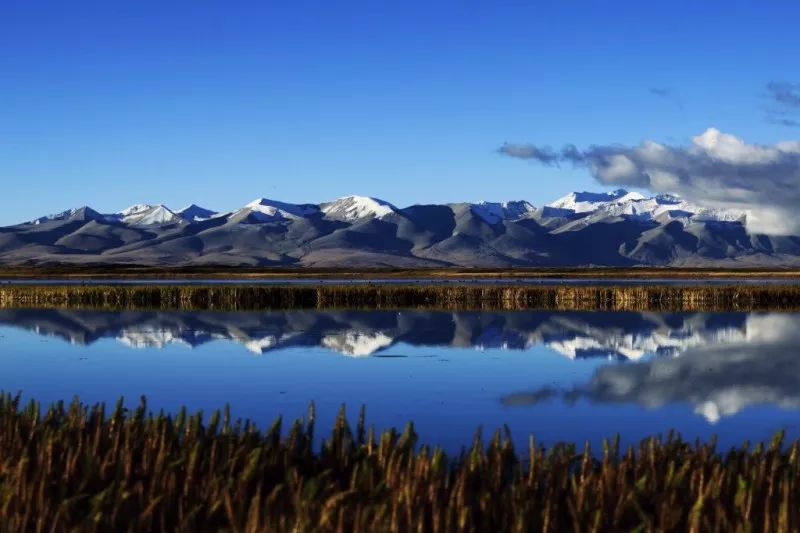
NO.6 Mount Everest

Mount Qomolangma is the main peak of the Himalayas and the highest mountain in the world (8844.43 meters above sea level). It is located on the border between China and Nepal. In Tibetan, “Qomolangma” means goddess, and “Langma” means third . Because there are four other peaks near Mount Everest, and Mount Everest ranks third, so it is called Mount Everest.
The mountain of Mount Everest is in the shape of a giant pyramid, majestic and majestic, and the terrain is extremely steep. However, the towering Mount Everest has always been a holy place for human beings to prove their climbing ability. Since the first successful ascent of Mount Everest by humans on May 29, 1953, many climbers from all over the world, including China, have left footprints on the top of Mount Everest.
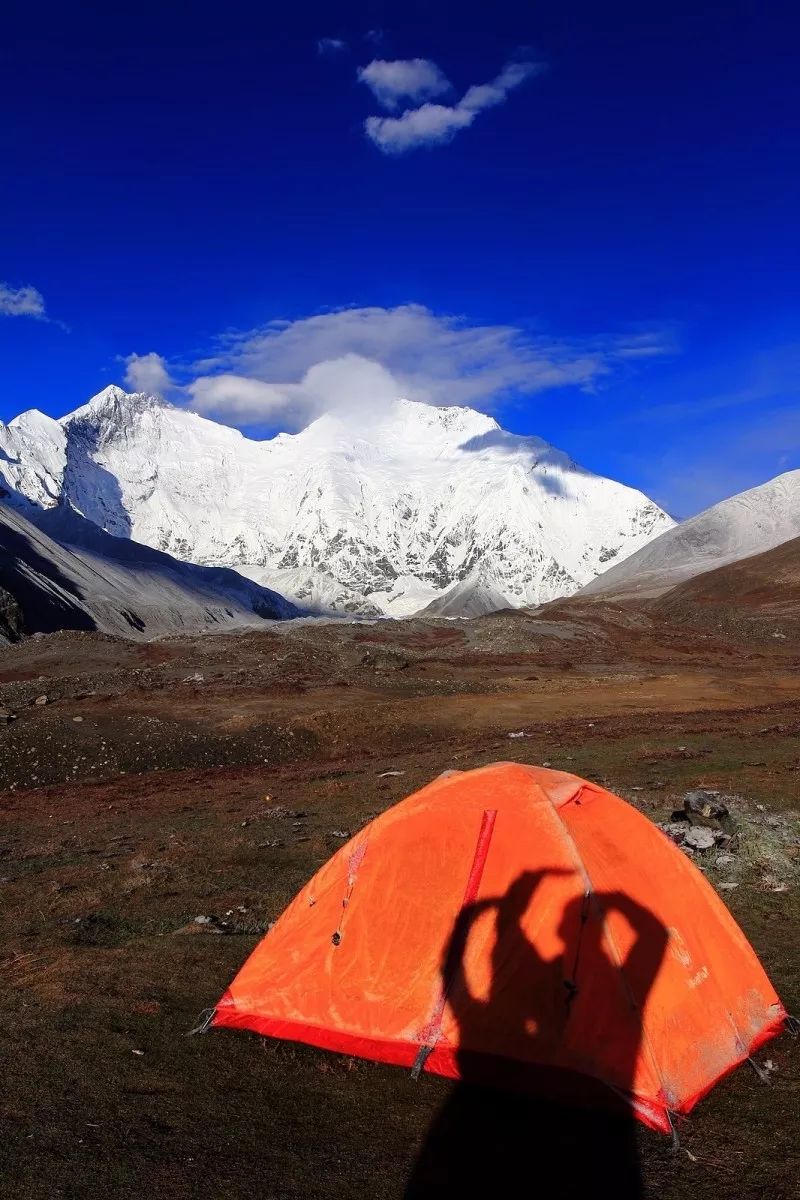
NO.7 Namtso

Namtso is the second largest lake in Tibet and the third largest saltwater lake in China. It is one of the “Three Sacred Lakes” in Tibet. It is “Namtso Pumo”, which means rich Tianhu (or Tianhu, Linghu or Shenhu); both names mean “heavenly lake”. It is recorded in historical documents that this lake descends to the ground like a blue sky, so it is called “Sky Lake”.
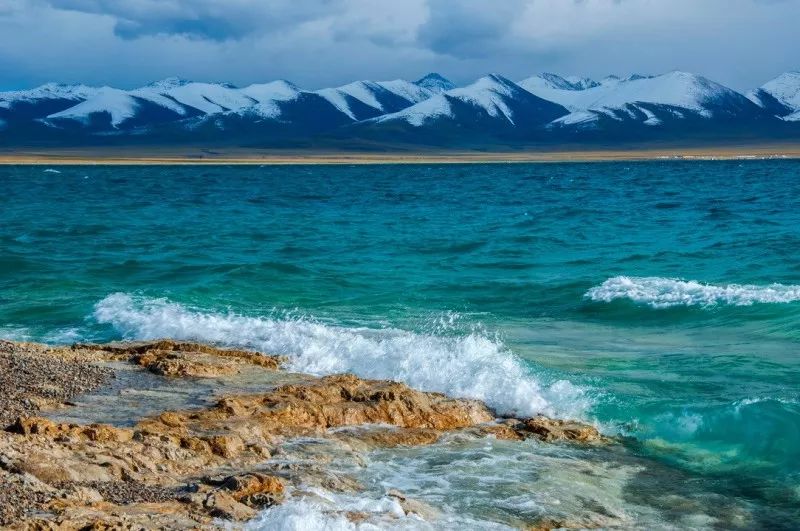
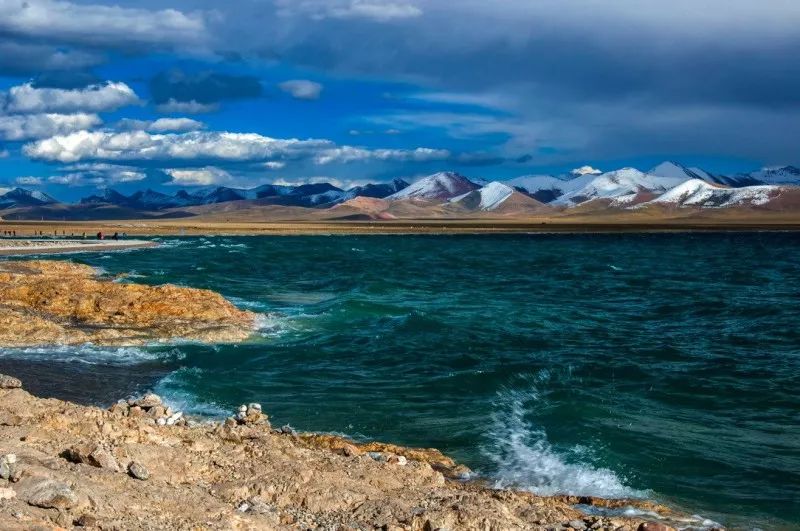
NO.8 Jokhang Temple
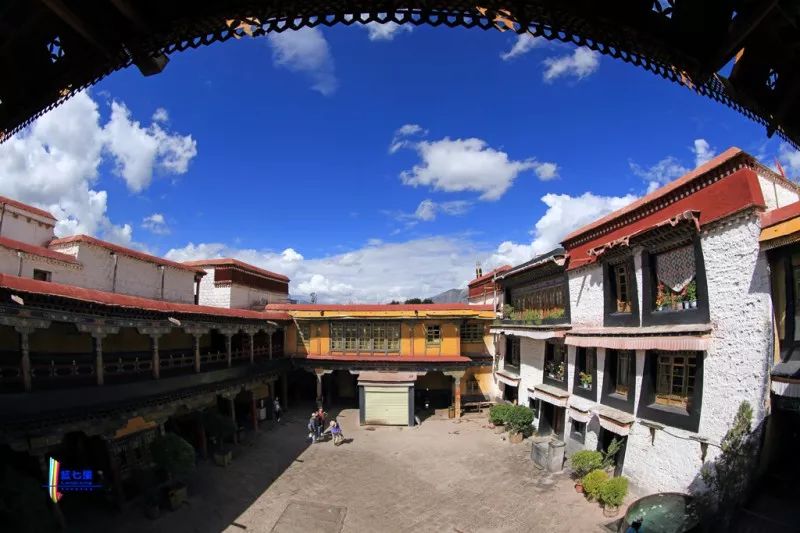
Jokhang Temple, also known as “Zulakang” and “Juekang” (Tibetan means Buddhist temple), is located in the center of the old city of Lhasa. It is a Tibetan Buddhist temple. ), was built by Tibetan King Songtsen Gampo, has a history of more than 1300 years, and has the supreme status in Tibetan Buddhism. Incense is lingering in front of the temple all day long, and the devout worship of believers left deep marks of length and head on the bluestone floor in front of the gate. Thousands of butter lamps are always on, leaving traces of the years and pilgrims.
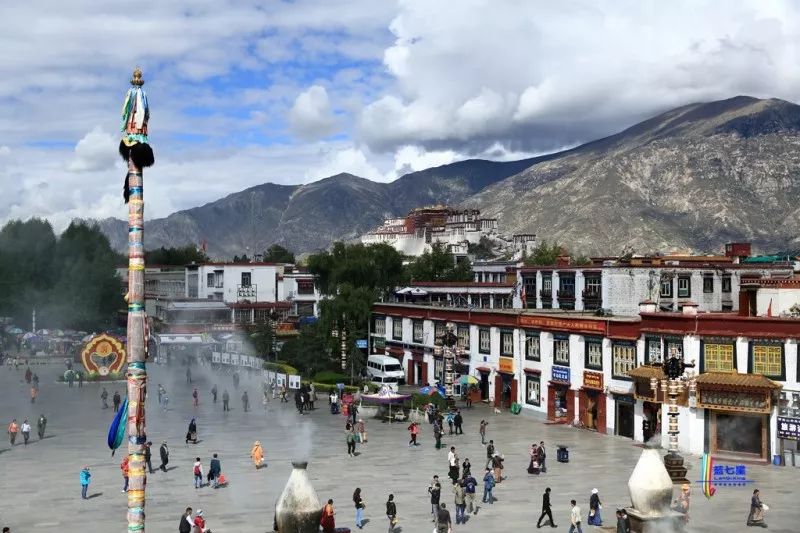

NO.9 Yamdrok Yongcuo
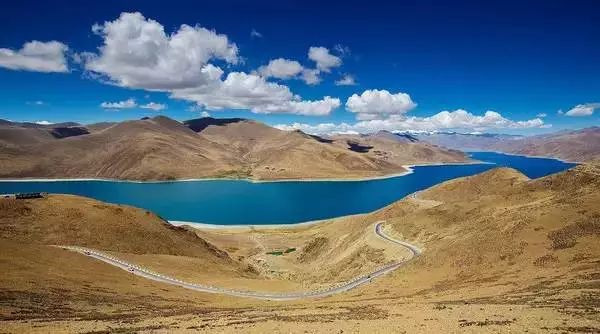
Yamdrok Yongcuo, referred to as Yanghu Lake, means “Swan Lake” in Tibetan. It is one of the three holy lakes in Tibet. It is like a coral branch, so it is also called “the coral lake above” in Tibetan. It is located in Langkazi County in the Shannan area of Tibet, about 70 kilometers southwest of Lhasa.
It is said that devout Buddhists circle the lake every year, and it takes about a month to ride a horse. This is equivalent to making a pilgrimage to Lhasa once. By doing so, at least “the Buddha will bless him for this year” is auspicious.
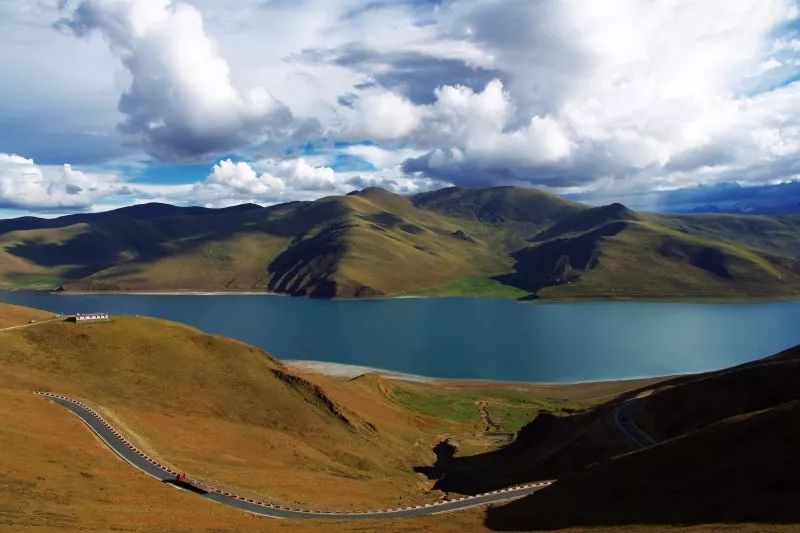

NO.10 Zada soil forest
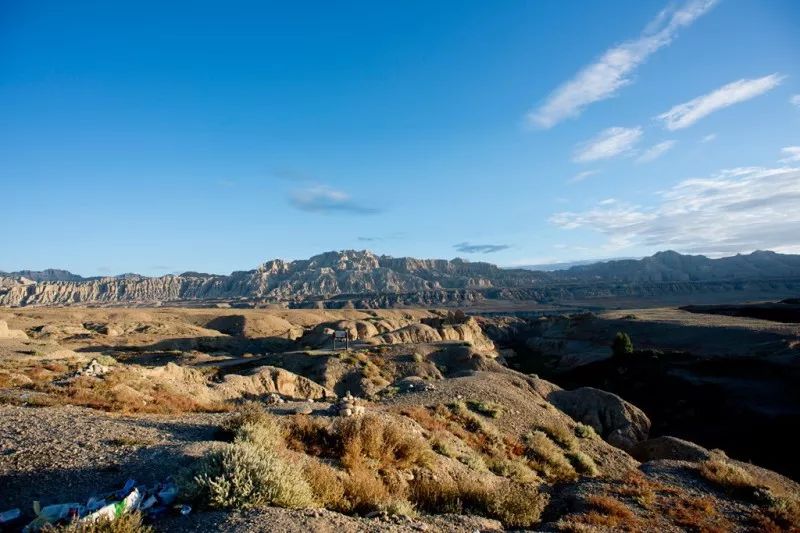
Zhada Earth Forest is located in Zada County, Ali, Tibet. Influenced by orogeny in ancient times, the strata deposited at the bottom of the lake have been cut by flowing water for a long time, and gradually weathered and eroded, forming a special landform. It twists and turns for tens of miles and has a history of about 1100 years. The “trees” in the soil forest are tens of meters high and low, in various poses and with different expressions, which are very interesting. During the process, the car seems to be circling around the soles of many giants.
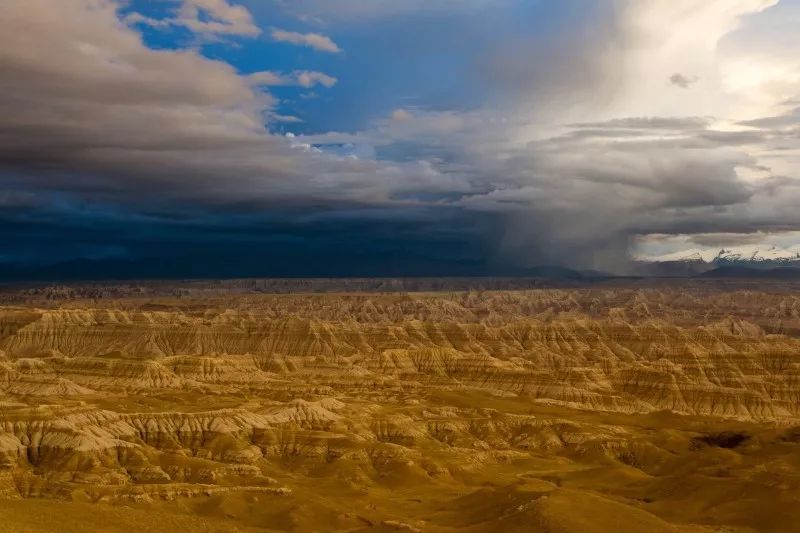

NO.11 Qiangtang Grassland

Qiangtang, one of the five largest pastures in China, is located between the Kunlun Mountains, Tanggula Mountains and Gangdise Mountains, with an average altitude of over 4,500 meters. It is the largest pure natural grassland in Tibet. The yaks and flocks that the herdsmen rely on for their survival can be seen everywhere—the tents where the herdsmen live. The herdsmen have created a dreamy and colorful nomadic culture here. There are not only ancient rock paintings, but also many ruins of the ancient Zhang Zhung Kingdom. The footprints and stories of the hero King Gesar are all over northern Tibet. Manidui, prayer flags, and ancient pagodas can be seen everywhere… which adds a lot to the Cangmang prairie. Very mysterious color.


NO.12 Yanjing Ancient Salt Field
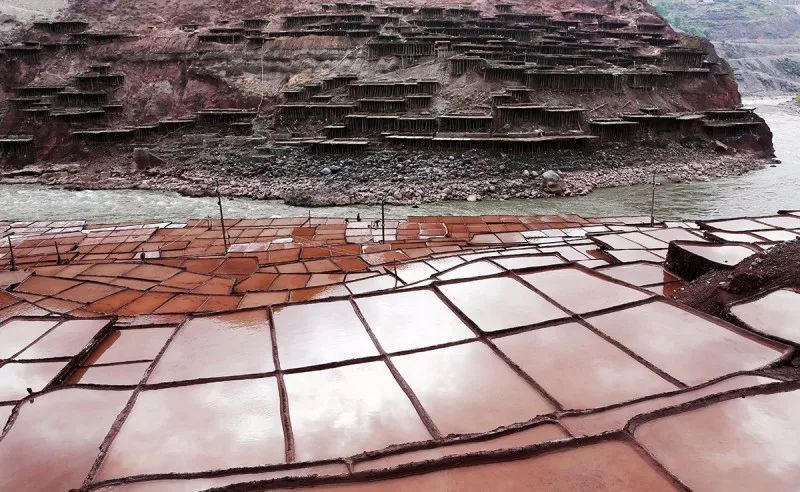
The Mangkang Salt Well Ancient Salt Field has a history of 1,300 years. It is located on the east and west banks of the Lancang River in Yanjing Town, Mangkang County, Tibet, at an altitude of about 2,300 meters.


NO.13 Brahmaputra Grand Canyon

The Yarlung Zangbo Grand Canyon in Tibet, China is the deepest canyon on the earth. It can be summed up in ten words: high, strong, deep, smooth, secluded, long, dangerous, low, strange, and beautiful. The Grand Canyon area is the deepest in the Qinghai-Tibet Plateau. The mysterious area, because of its unique tectonic location, is regarded by scientists as “the keyhole that opens the door to the history of the earth”.

NO.14 Midui Glacier
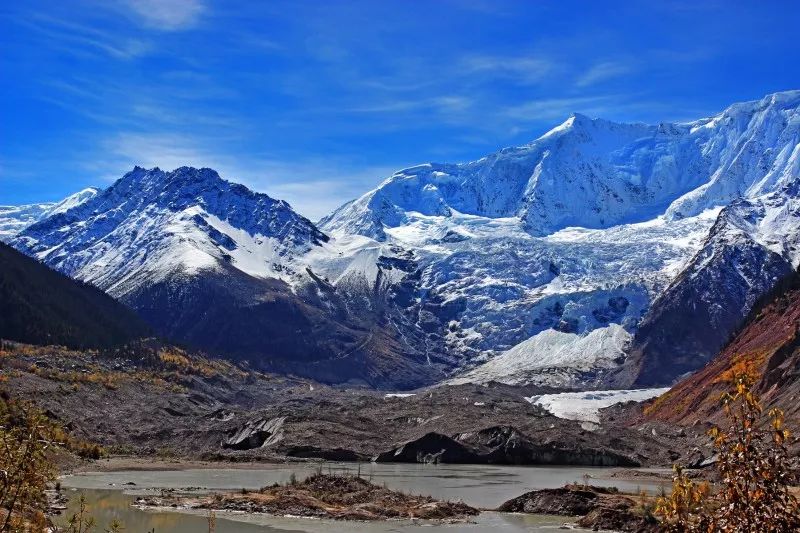
Midui Glacier is located in Yupu Township, Bomi County. It is the most important marine glacier in Tibet and the lowest altitude glacier in my country. The main peak of the glacier is 6,800 meters above sea level, and the snow line is only 4,600 meters above sea level. The snow shines all year round and the scenery is magical and charming. The glacier is as clean as jade and has beautiful scenery, especially the huge ice basin, numerous avalanches, steep and huge ice waterfalls of 700-800 meters, the arc structure of the ice surface in the upper reaches of the ablation zone, and the coexistence of ice lakes at the end of the glacier, farmland and villages. features.
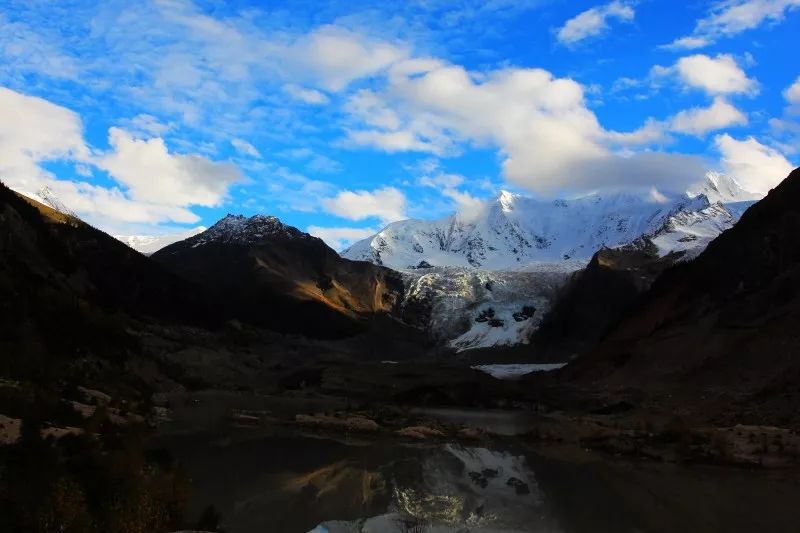
NO.15 Tashilhunpo Monastery

Tashilhunpo Monastery means “Auspicious Sumeru Temple”. It is located at the foot of Niseri Mountain in Shigatse, Tibet. “Four Great Temples” is one of the six famous Yellow Sect temples in China. It covers an area of 150,000 square meters and is surrounded by a palace wall that winds along the mountain with a circumference of more than 3,000 meters. There are 57 scripture halls and 3,600 houses in the temple. The whole temple is built on the hillside, with a high mountain on its back, facing the sun in the north.

Once entering Tibet, one life is wrong
From now on, heaven is a passerby
The source of the text and pictures is the official account of Dream World




